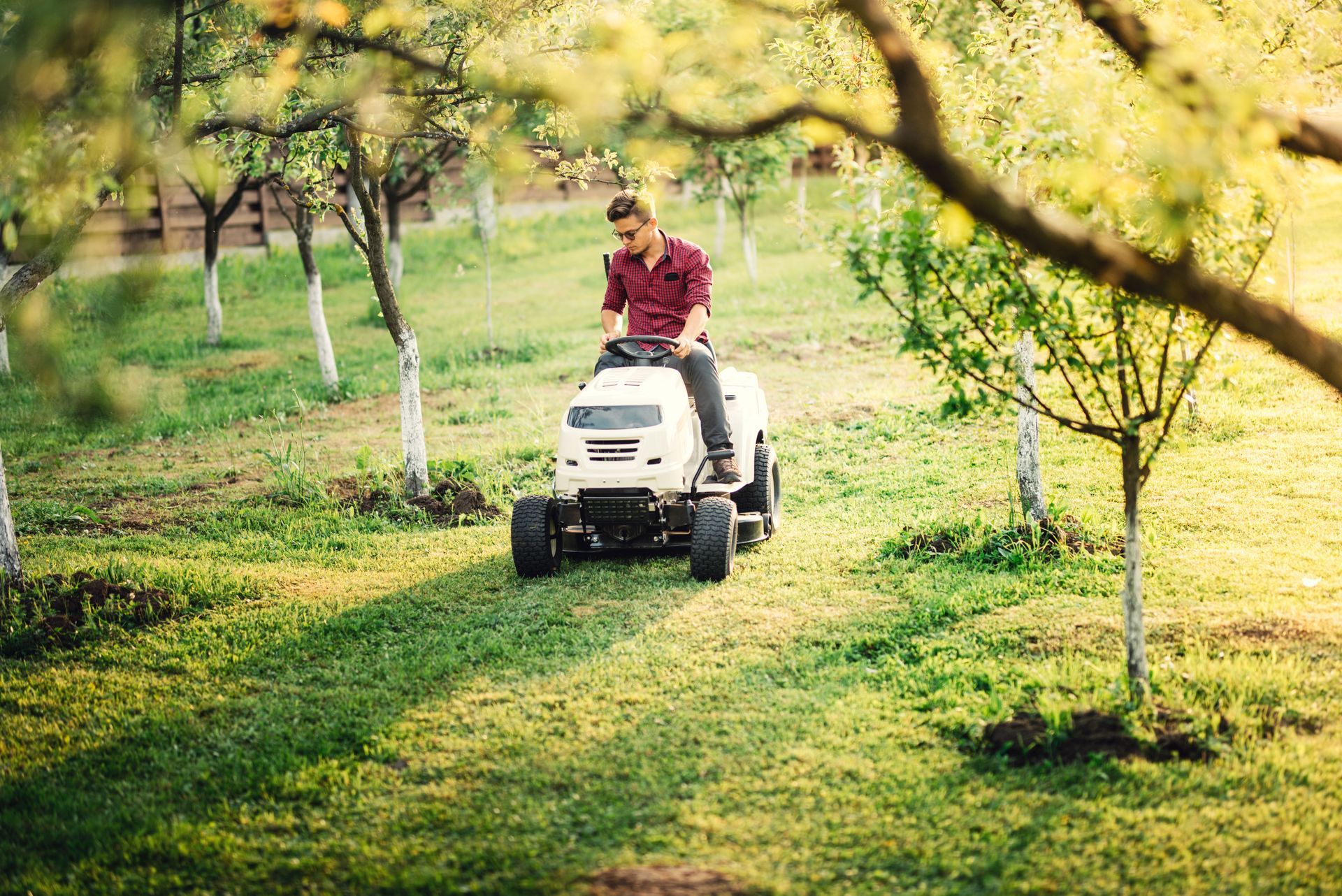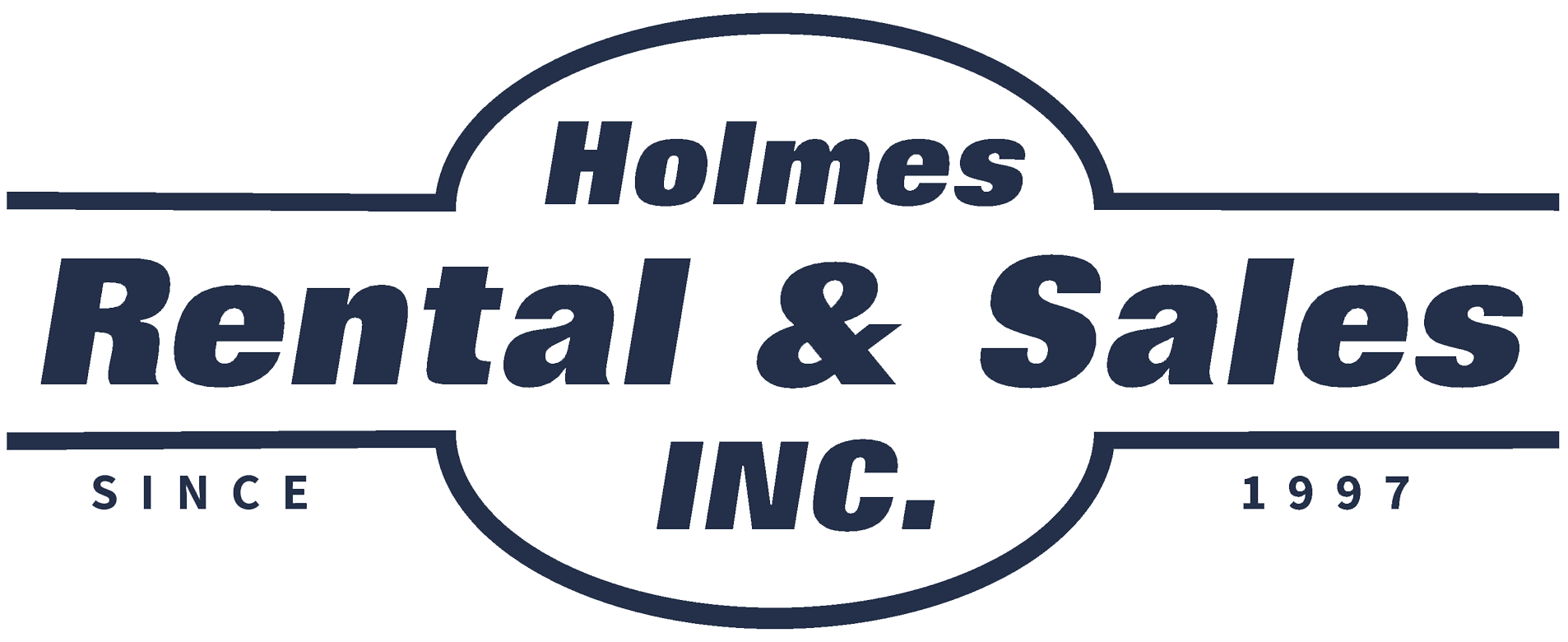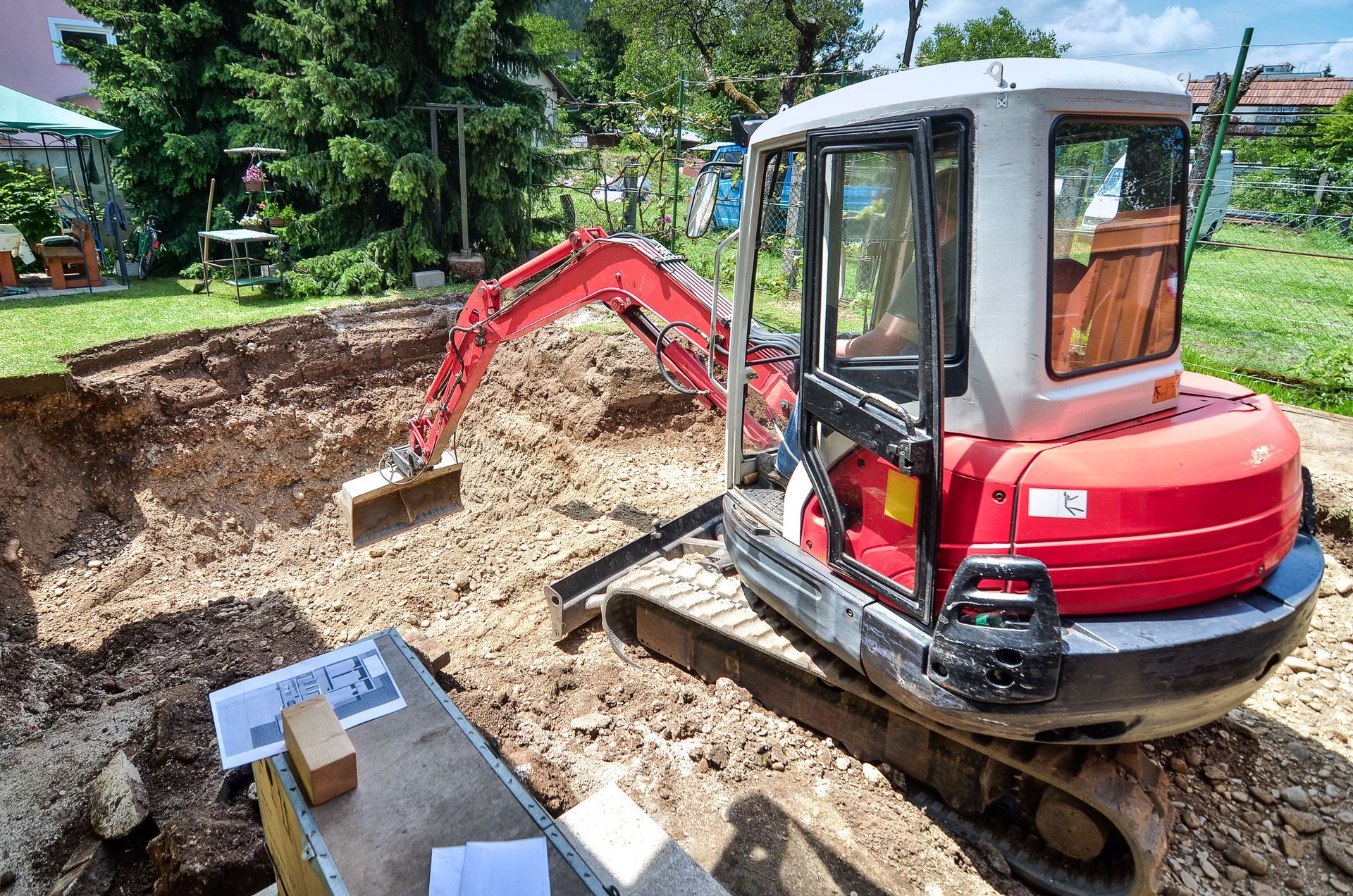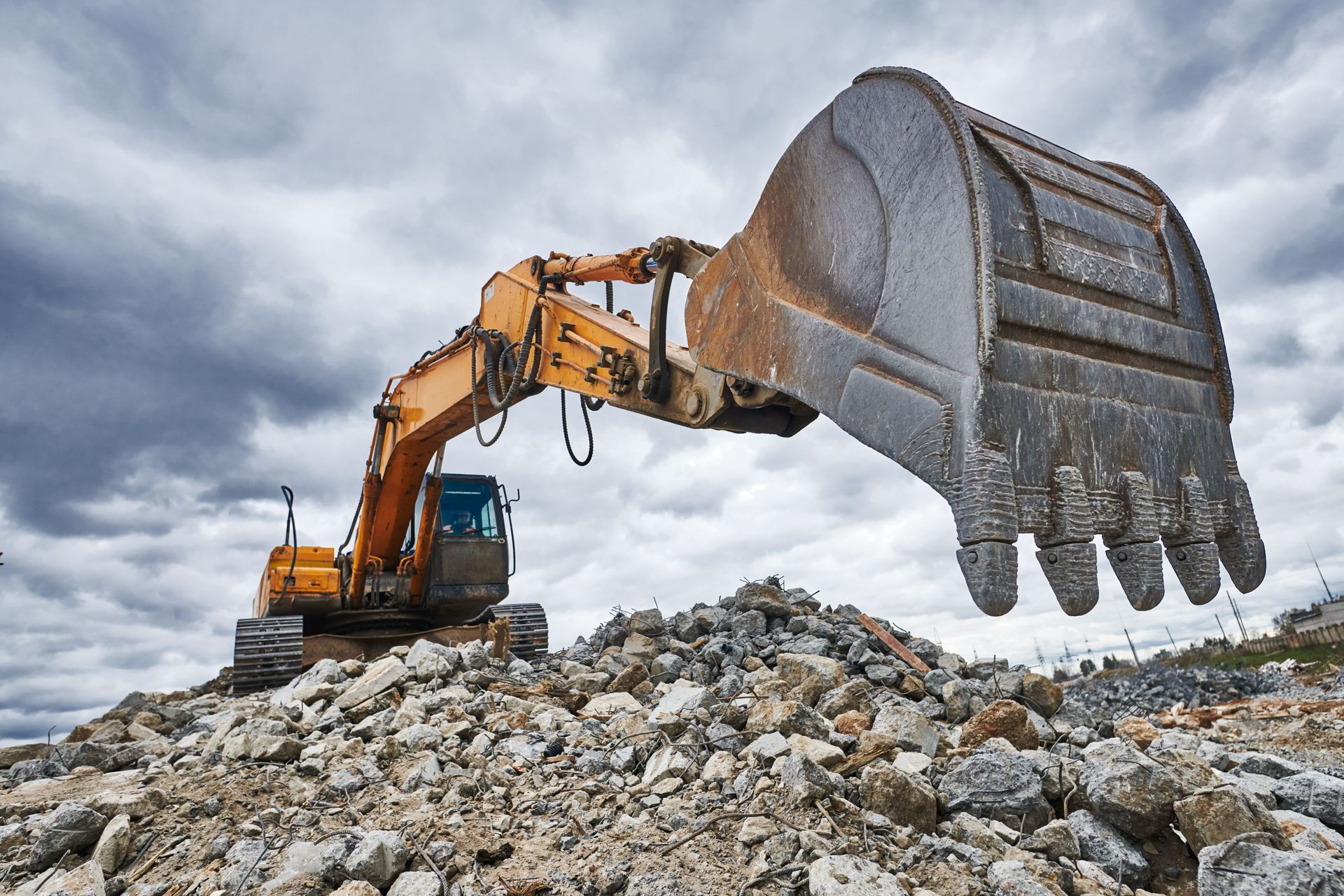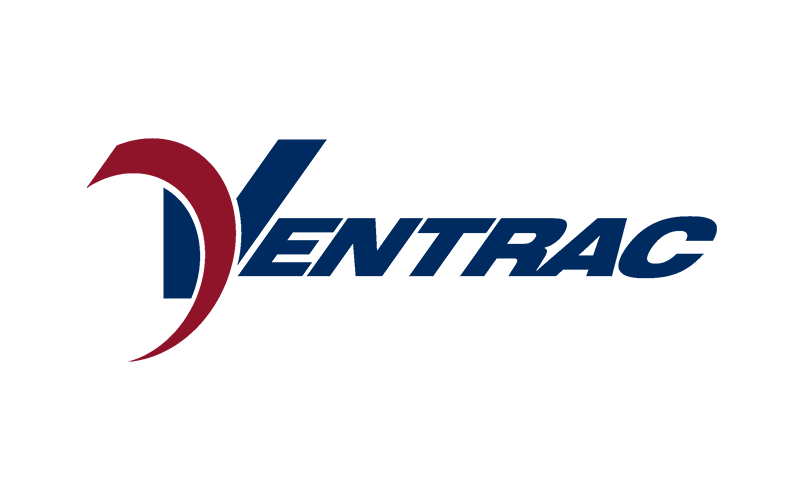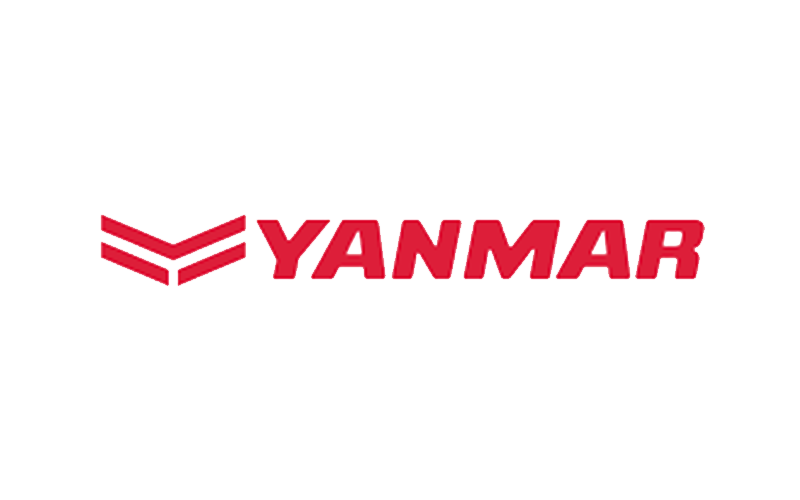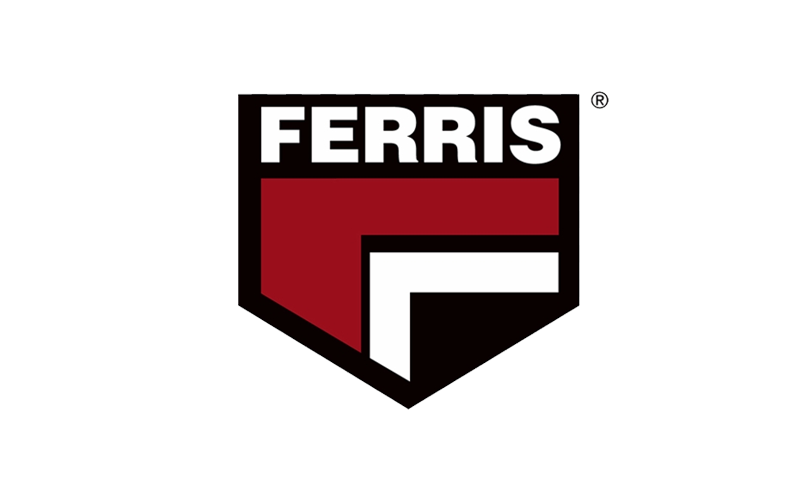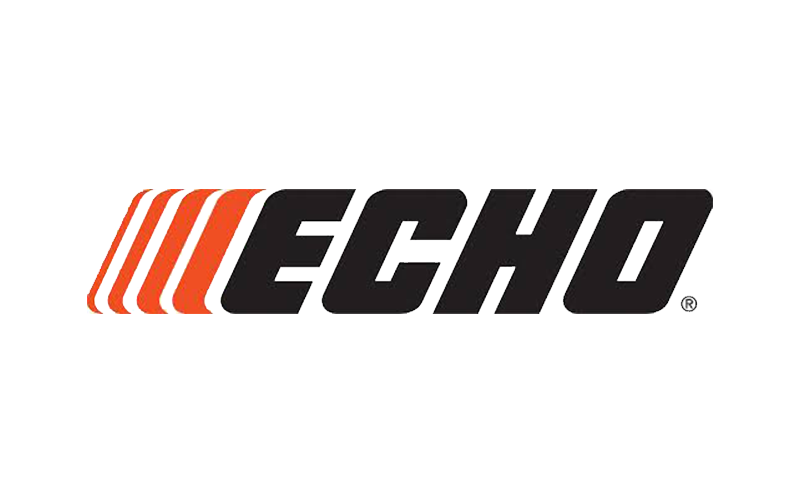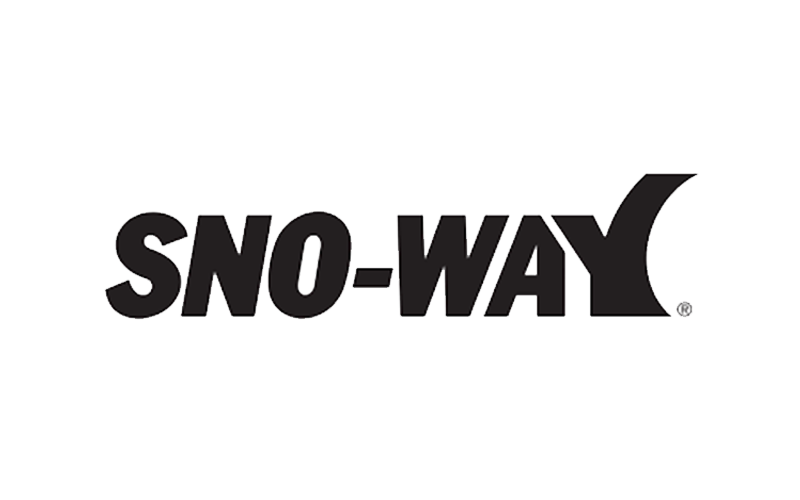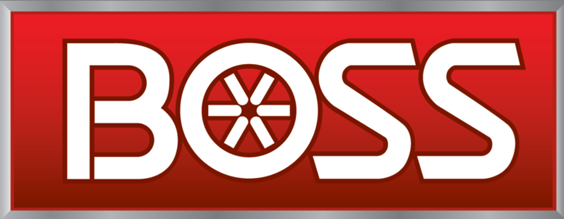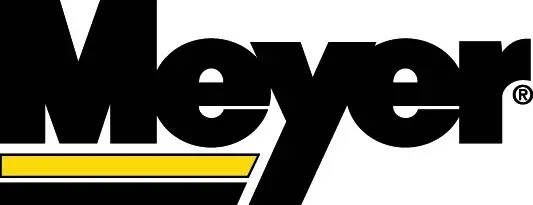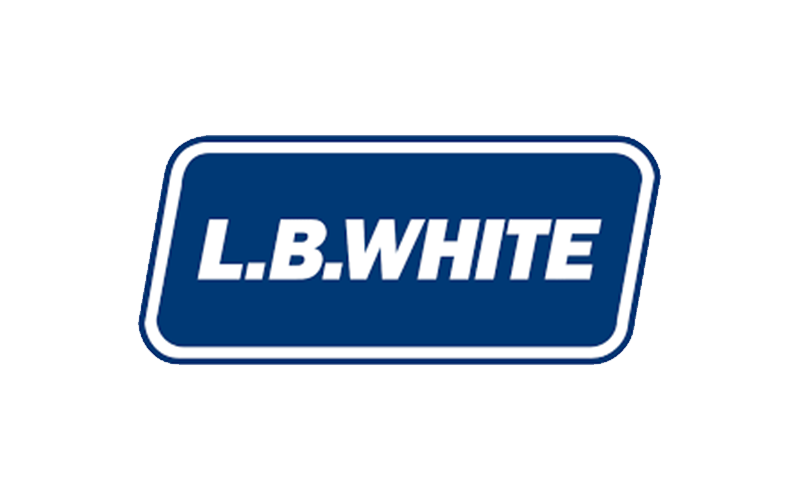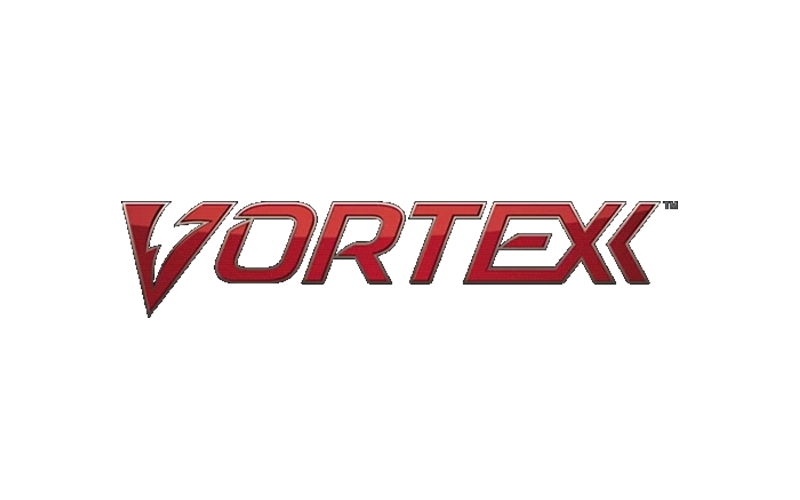November 3, 2025
Maintaining a healthy, attractive lawn can sometimes feel like a full-time job. From mowing and edging to hauling debris and tilling soil, the effort can quickly become overwhelming, especially if you have a large property. While traditional lawn tools like push mowers, rakes, and wheelbarrows are helpful, they often fall short when tackling bigger landscaping tasks. For homeowners who want efficiency without the expense of purchasing heavy machinery, renting a compact tractor can be a game-changer.
Compact tractors are a versatile piece of equipment that can handle a variety of lawn and garden chores. Unlike standard tractors, these machines are smaller, easier to maneuver, and perfect for residential landscapes. Whether you’re leveling soil for a new garden, clearing leaves in the fall, or hauling mulch, a tractor rental can save you time and physical effort. Explore five essential tips for renting a tractor to make the most of your investment and keep your lawn looking its best.
1. Assess Your Lawn Needs Before Renting
Before rushing to rent a tractor, it’s essential to assess the specific needs of your lawn. Start by evaluating the size of your property and the type of tasks you plan to accomplish. For instance, a half-acre lawn with mostly flat terrain may only require a basic compact tractor with attachments for mowing and light hauling. On the other hand, uneven terrain or large gardens might require a model with more horsepower and additional implements like a front-end loader or tiller.
Knowing the tasks you intend to complete helps ensure you rent the right type of tractor for your project. For example, if you plan to dig garden beds or move heavy soil, you’ll need a model capable of handling heavier attachments. Additionally, consider the season and weather conditions. Wet or soft ground may require a tractor with traction-enhancing features to prevent slipping or damage to your lawn.
Finally, consider the long-term benefits of the work you’re planning. Investing time and effort into landscaping can significantly increase your property’s appeal. According to Forbes, investing in landscaping and lawn care can enhance curb appeal and yield up to a 217% return on investment. Understanding your goals helps you choose a compact tractor that meets your immediate needs while also contributing to the overall value of your home.
2. Choose the Right Size and Attachments
Compact tractors come in a variety of sizes, and selecting the appropriate one is crucial for both efficiency and safety. Smaller models are generally easier to maneuver around tight spaces and require less fuel, making them ideal for residential lawns. Larger models, while more powerful, can be challenging to navigate in confined areas and may be overkill for small properties.
Equally important are the attachments you may need. Common attachments for compact tractors include front-end loaders, backhoes, rotary cutters, and box blades. These tools expand the capabilities of the tractor, allowing you to tackle multiple tasks with a single machine. For example, a front-end loader can help you transport mulch or gravel, while a rotary cutter can manage overgrown grass or brush.
When renting, make sure to discuss your specific project with the rental company so they can recommend the right size and attachments. Trying to use a tractor that is too small for heavy-duty tasks can strain the equipment and slow your progress. On the other hand, overspending on unnecessary attachments can increase rental costs without offering real benefits. By carefully choosing the right size and attachments, you can optimize your time and investment.
3. Understand Safety Guidelines and Operating Procedures
Operating a compact tractor requires attention to safety and proper procedures. Even though these machines are smaller than commercial tractors, they still pose risks if not handled correctly. Before using the equipment, familiarize yourself with the operator’s manual, paying special attention to controls, attachment usage, and recommended safety practices.
Always wear appropriate safety gear, such as gloves, sturdy footwear, and protective eyewear. Keep bystanders, pets, and children at a safe distance while operating the tractor. Additionally, ensure the area is free of obstacles like rocks, low-hanging branches, and hidden ditches, which can cause accidents or damage the equipment.
Many rental companies offer brief training or demonstrations for first-time users. Taking advantage of these sessions can make a significant difference in your comfort level and efficiency. Learning how to safely operate the tractor not only protects you and your property but also prevents costly damage to the machine, which may result in additional fees from the rental company.
4. Plan Your Work in Stages
Attempting to complete all your lawn projects in one day can be overwhelming and inefficient. Planning your work in stages helps you stay organized and ensures that each task is completed properly. Begin by prioritizing jobs based on urgency and difficulty. For example, clearing debris from the lawn may be a necessary first step before leveling soil or planting new gardens.
Using a compact tractor in stages also allows you to take breaks and assess your progress. You might start with a lighter task like mowing or hauling mulch, then move on to heavier projects such as tilling or grading. This approach reduces fatigue and helps prevent mistakes caused by rushing or overexertion.
Another benefit of staged planning is the ability to adapt to weather changes. Rain or damp conditions can make certain tasks more challenging or unsafe. By breaking your project into smaller, manageable segments, you can adjust your schedule as needed without disrupting the overall timeline. Proper planning ensures that your investment in the tractor pays off and that your lawn projects are completed efficiently.
5. Check Rental Terms and Maintenance Responsibilities
Before signing any rental agreement, it’s important to thoroughly review the terms and conditions. Pay attention to factors such as rental duration, delivery or pickup options, insurance requirements, and any fees for late returns or damage. Knowing the full scope of your responsibilities helps prevent unexpected costs.
Maintenance responsibilities should also be clarified. Some rental companies require renters to perform basic checks, such as monitoring fuel levels and tire pressure, while others handle maintenance themselves. Understanding what is expected of you ensures the compact tractor remains in good working condition throughout your rental period.
Take the time to inspect the equipment before driving it off the lot. Look for visible damage, leaks, or missing parts, and report them immediately. This protects you from being held liable for pre-existing issues. By carefully reviewing rental terms and maintenance requirements, you can focus on completing your lawn projects without worrying about avoidable complications.
Renting a compact tractor can transform the way you care for your lawn, offering versatility, efficiency, and the ability to tackle projects that would otherwise be labor-intensive. By assessing your lawn needs, choosing the right size and attachments, understanding safety procedures, planning your work in stages, and reviewing rental terms, you can make the most of your rental experience. With careful preparation, even complex landscaping tasks become manageable and rewarding.
Investing in your lawn’s appearance not only improves your daily enjoyment but also enhances the overall value of your property. A well-maintained landscape can create an inviting atmosphere, boost curb appeal, and set the stage for memorable outdoor gatherings. By leveraging the power and convenience of a tractor rental, you’re equipping yourself with the tools to achieve these results efficiently.
Boost your lawn care efficiency today with Holmes Rental & Sales, Inc. Rent a reliable compact tractor and tackle your landscaping projects with ease.
